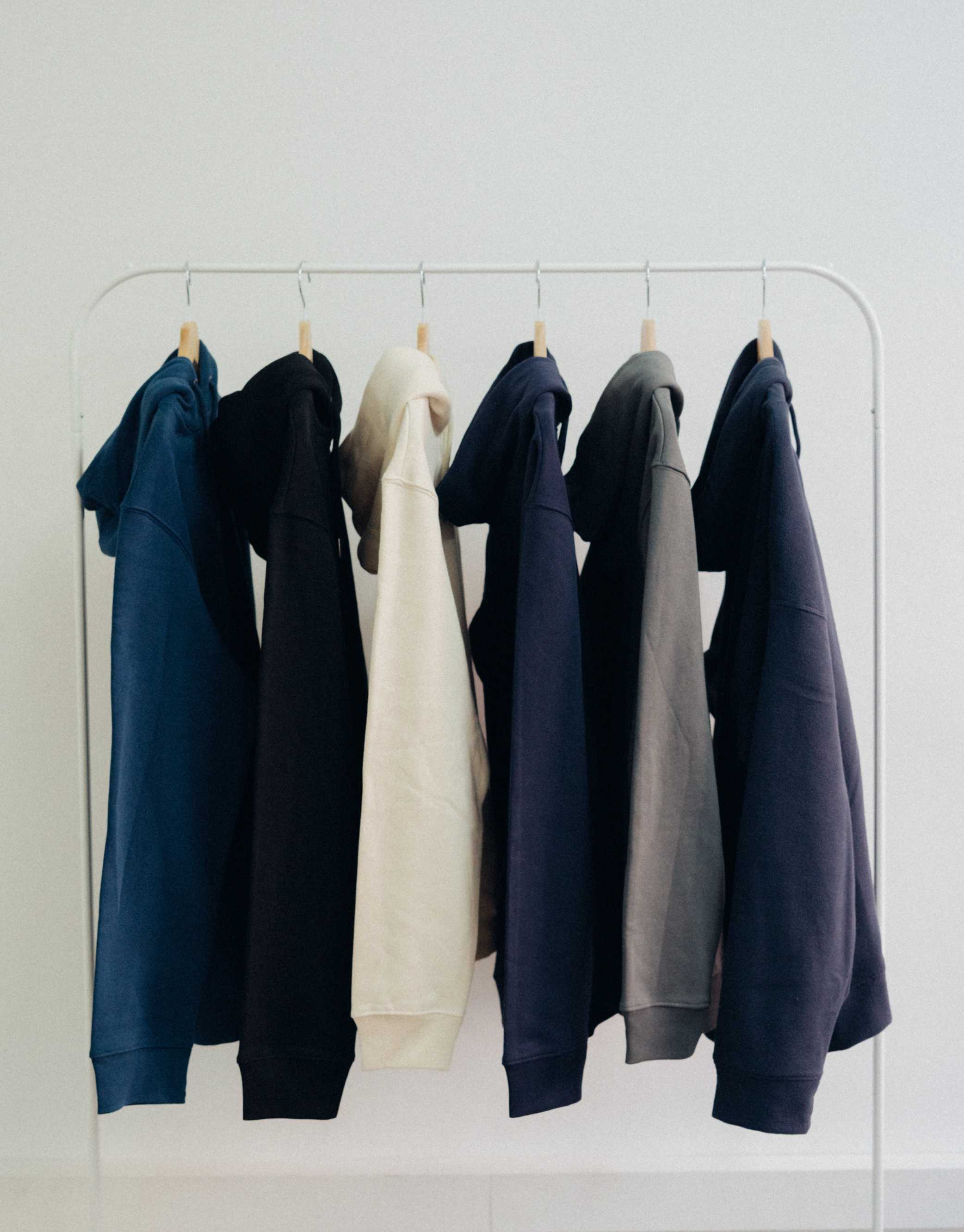With the arrival of sustainability in fashion, words that had lost value such as pima cotton, merino wool or cashmere have returned to the front row.
The use of more sustainable raw materials is the starting point for many brands that have settled into a lower impact model. In addition, materials are also the last frontier of sustainability, circularity, the most complex but also the most strategic step in this transformation.
Before it was difficult for a distribution giant to be in contact with the spinning or weaving factory and today they are the ones who call directly to include their label on the garments.
But what are sustainable raw materials and how are they different?
Although polyester is the most widely used raw material in fashion, sustainability efforts have focused on cotton, which represents 23% of world fiber production.
Of all the cotton produced, 25% is already what the Textile Exchange organization defines as "preferred", that is, more sustainable than traditional cotton.
The most sustainable option, recycled cotton, is currently in the minority. According to the Ellen MacArthur Foundation, only 1% of all clothing is recycled into new garments. In the case of cotton, recycling can be done with mechanical or chemical processes but, as with polyester, the main difficulty lies in separating it when it is mixed with other raw materials.
Polyester is the leading raw material in fashion, with a share of more than 50%, but its origin, oil, has made cotton the focus of the bulk of sustainability efforts. The most common type of sustainable polyester is recycled, mainly that made from PET plastic, which in 2019 already represented 14% of world production, according to data from the Textile Exchange. In 2008, it barely accounted for 8%
The third group of most used raw materials are cellulosics. Only 1% of world production is recycled but between 40% and 50% is certified by the Forest Stewardship Council (FSC) or by the Association for Forest Certification (Pefc).
Wool completes the list of most used raw materials, although its weight does not reach 1%. Within the virgin sheep wool, around 3% is considered "preferred"






Share:
Do you want to surprise your employees or students and show your brand in a sustainable way?